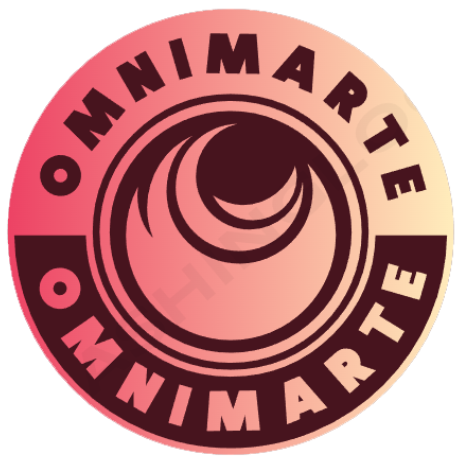Your cart is currently empty!
Tag: Dead Countries
The territory of the Kingdom of Prussia included the provinces of West Prussia; East Prussia; Brandenburg; Saxony; Pomerania; Rhineland; Westphalia; Silesia; Lusatia; Schleswig-Holstein; Hanover; Hesse-Nassau; and a small detached area in the south called Hohenzollern, the ancestral home of the Prussian ruling family.
Lourenco Marques was a Portuguese colonial province and is located in southeast Africa in the southern portion of Mozambique. It is presently known as Maputo. Lourenco Marques was a Portuguese trader and explorer who was sent from Mozambique Island in 1544 to investigate two rivers to the south. He reported that beads could be traded…
Heligoland is a tiny archipelago in the southeastern corner of the North Sea. The name Heligoland is generally thought to mean “Holy Land” but others believe it to mean “land of banks, which cover and uncover”. Originally property of the Danish king Valdemar it was inhabited by people who worked the sea and the copper…
Ile Rouad, presently known as Arwad, is located two miles south of the coast of Latakia, Syria. Arwad Island also called Arados, Arvad, Arpad, Arphad, Antiochia, Rouad, and Ruad Island is Syria’s only inhabited island. The island is no bigger than 0.2 km2 with being 800 meters from northwest to southeast corner and about 500 meters wide. The island was settled in…
In 1910, the explorer Knud Rasmussen established a missionary and trading post in north-western Greenland, which he named “Thule” (later Qaanaaq). Thule has given its name to the northernmost United States Air Force airfield, Thule Air Base in northwest Greenland, and to the smaller lobe of Kuiper belt object 486958 Arrokoth, visited by the New…
Prince Edward Island, PEI for short, first residents were the Mi’kmaq. The Mi’kmaq first lived here about 2000 years ago and called the Island ‘Epekwitk’, meaning “resting on the waves”. French explorers were the first Europeans to visit and settle the Island. Jacques Cartier described the Island as “…the fairest land ’tis possible to see!”…
Batum was the end of the line on the Transcaucasian railway so the town had an international flair. The port was always full of ships on their way to other places. Surrounding the town were large and dismal swamps and the town was known for a rich history having been a Greek Colony (Bathus), a…
[googlemaps https://www.google.com/maps/embed?pb=!1m18!1m12!1m3!1d4053843.806292507!2d-77.74790468272656!3d7.145434722105796!2m3!1f0!2f0!3f0!3m2!1i1024!2i768!4f13.1!3m3!1m2!1s0x8e4429b2d9a8a783%3A0x540a36ca7581959a!2sAntioquia%2C%20Colombia!5e0!3m2!1sen!2sus!4v1575938398156!5m2!1sen!2sus&w=600&h=450] The United States of Colombia (1862-85) consisted of nine original States: Antioquia, Bolivar, Boyaca, Cundinamarca, Panama, Santander, Cauca, Magdalena, and Tolima. Although Magdalena and Cauca did issue stamps they are not in the Scotts catalog. Most became sovereign states around 1858, by recognition as Estado de la Federación in the constitution of the Granadine Confederation. With…
Search
Latest Posts
- Website
- Quality Over Quantity
- Anseim Kiefer – Grane
- Adolph Gottlieb – Apparition
- A.R. Penck – 4mm, Die Geschichte der 4
Categories
Tags
Aitutaki Angola Antioquia Art Batum Bolivar Boyaca British Occupation' Canada Canadian Provinces Colombia Colombian States Cook Islands Cundinamarca Dead Countries Georgia Greenland Hamburg Heligoland Ile Rouad Liannos et Cie Lombardy-Venetia Lourenco Marques Montenegro North America Photography Portuguese Colony Prince Edward Island Prussia Reunion Russia Santander Soviet Posters Suriname Thule Tolima Transcaucasia
